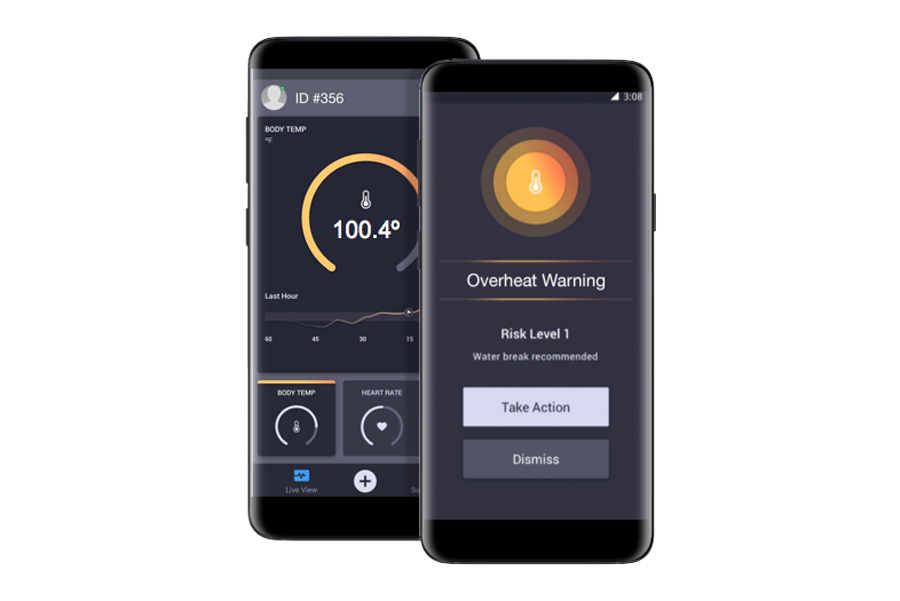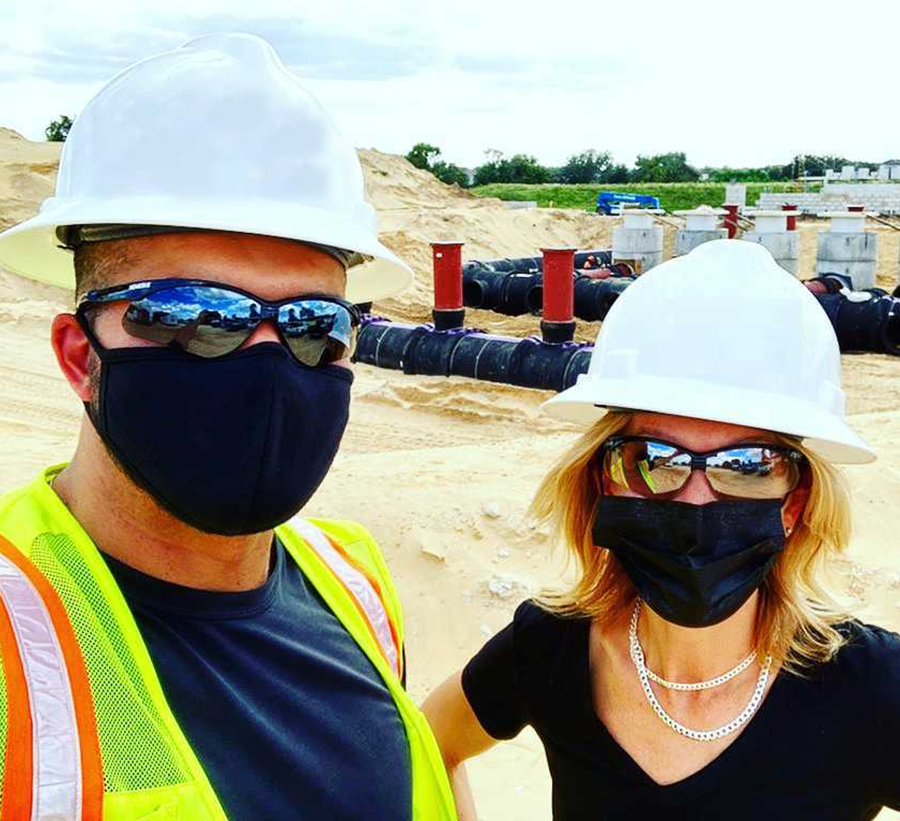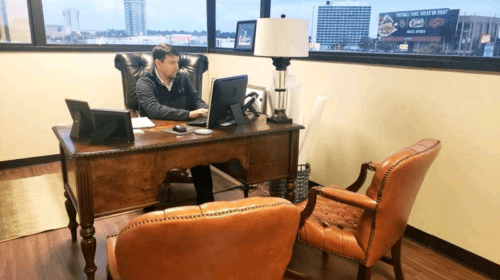 Whether it’s a Fortune 500 company or a privately owned business, companies share a common objective: Protecting their greatest assets. In doing so, they create profitability. There have been many advancements in AI, robotics and innovations that eliminate or drastically decrease manhours. However, the greatest assets companies have are their hands and feet. The people they employ dedicate their time, expertise and labor to keep the organization running like a well-oiled machine. These people are somebody’s spouses, parents, children, grandchildren – people who are important to them and whom they care about. They are dedicated human beings committed to increasing a company’s bottom line.
Whether it’s a Fortune 500 company or a privately owned business, companies share a common objective: Protecting their greatest assets. In doing so, they create profitability. There have been many advancements in AI, robotics and innovations that eliminate or drastically decrease manhours. However, the greatest assets companies have are their hands and feet. The people they employ dedicate their time, expertise and labor to keep the organization running like a well-oiled machine. These people are somebody’s spouses, parents, children, grandchildren – people who are important to them and whom they care about. They are dedicated human beings committed to increasing a company’s bottom line.
There are many oil and gas initiatives taking place along the U.S. Gulf Coast, onshore and offshore. That particular area of the country is known for its excessive heat in the summer months. Companies take measures to combat the heat and provide provisions to make it slightly more manageable. Cooling towels, pickle pops, fluorescent neck guards on hard hats and staying hydrated are just some of the measures being taken to combat the heat and keep employees safe.
 Each year, thousands of workers are sickened by workplace heat exposure. On September 20, 2021, the U.S. Department of Labor announced enhanced, expanded measures to protect workers from hazards of extreme heat, indoors and out. As part of the Biden-Harris administration’s interagency effort and commitment to workplace safety, climate resilience and environmental justice, the department’s Occupational Safety and Health Administration (OSHA) is initiating enhanced measures to better protect workers in hot environments and reduce the dangers of exposure to ambient heat.
Each year, thousands of workers are sickened by workplace heat exposure. On September 20, 2021, the U.S. Department of Labor announced enhanced, expanded measures to protect workers from hazards of extreme heat, indoors and out. As part of the Biden-Harris administration’s interagency effort and commitment to workplace safety, climate resilience and environmental justice, the department’s Occupational Safety and Health Administration (OSHA) is initiating enhanced measures to better protect workers in hot environments and reduce the dangers of exposure to ambient heat.
According to the OSHA Nation News Release, OSHA area directors across the nation will institute the following:
- Prioritize inspections of heat-related complaints, referrals and employer-reported illnesses and initiate an onsite investigation where possible.
- Instruct compliance safety and health officers, during their travels to job sites, to conduct an intervention (providing the agency’s heat poster/wallet card, discuss the importance of easy access to cool water, cooling areas and acclimatization) or opening an inspection when they observe employees performing strenuous work in hot conditions.
- Expand the scope of other inspections to address heat-related hazards where worksite conditions or other evidence indicates these hazards may be present.
This problem has not been on the forefront of everyone’s minds, but now that it has national and government recognition, it is in fact, a crisis that needs to be addressed. Lives are on the line. So, what if you could do more? What if there was an additional option out there to keep your employees safe and optimally performing?
There is. Kenzen has developed wearable safety technology that keeps workers safe by continuously monitoring key physiological indicators, such as heart rate, over-exertion and core body temperature. Health, safety and environment (HSE) managers are kept abreast of dangerous situations with real-time data that predicts and prevents heat related illness and injury.

Nora Levinson is the founder and CEO of Kansas City-based Kenzen, maker of wearable tech that tracks worker’s heat risk by continuously monitoring an individual’s physiological markers such as heat rate, sweat rate and exertion. She holds both a bachelor’s and a master’s degree in engineering from Stanford and has experience in connected device development and manufacturing. Kenzen president and COO Heidi Lehmann is an experienced mobile platforms and media entrepreneur, combining a track record in connected devices, mobile platforms and distributed media, as well as five-plus years of experience in the industrial wearables market. She is also an advisor to start-ups and venture capital firms.
“We expect a surge in use of wearable safety devices, particularly given the new heat safety standards that President Biden has asked OSHA to draft,” says co-founder Lehmann. “There’s already great interest in the connected industrial worker method of maximizing safety and productivity for individuals and their employers. But employers need to look for products that have privacy filters for protecting personal data and algorithms that allow for the interpretation of mass amounts of data to make enterprise-wide safety decisions.”
The device is compact and waterproof, and records biometric data from a flat surface in a highly effective, unobtrusive way. It monitors core body temperature and heart rate with a multi-LED PPG sensor, and worker microclimate, sweat rate and activity levels with motion metrics. The continuous safety monitoring is both real-time and highly accurate. The detection is contextual to the worker’s physiology and their discrete environment. The data is hyper-personalized, with individual baselines and de-identified data at the management level. Managers can provide immediate support with data points translating to actionable insights, in real time. The machine learning predictive models deploy across workforce populations, giving managers tools to prevent future heat-related injury and illness. Customizable integrations and cloud APIs extract and expose data in usable client formats.

When a person gets heat stroke, the body becomes unable to control its temperature. Untreated, it can quickly damage the brain, heart, kidneys and muscles. It occurs when people become dehydrated, or after exposure to hot and humid weather for prolonged periods while engaging in intense physical activity, like someone would on a job site. The damage it can cause to the body can worsen the longer treatment is delayed and even lead to death. In addition, once the body has been exposed to heat stroke once, victims are more susceptible to it when conditions occur in the future.
Prevention is key. The team at Kenzen recognizes the need for intervention. The preventative measures it has developed and implemented will keep this from ever happening, taking a proactive approach to protect the people essential to the operation of a successful company. It has developed a complete safety monitoring platform with integrated worker devices, mobile apps, team dashboards and enterprise software. The devices can be rented in different sized packages or purchased. The company has made it possible to ensure that all employees are fit for duty and protected from heat illness and injury. By creating an invaluable device that has the ability not only to save lives, but to equip the individual and management team with data, Kenzen is providing them with the vital knowledge they need to combat harmful conditions and safeguard their most valuable assets.
Sarah Skinner is a graduate of Louisiana State University with a degree in English. She has been a technical writer and editor in the oil and gas industry for over ten years in Houston and in Louisiana. She currently works as a technical writer for a pre-cast concrete construction company in Louisiana that builds blast-proof buildings for petrochemical plants.
Oil and gas operations are commonly found in remote locations far from company headquarters. Now, it's possible to monitor pump operations, collate and analyze seismic data, and track employees around the world from almost anywhere. Whether employees are in the office or in the field, the internet and related applications enable a greater multidirectional flow of information – and control – than ever before.




